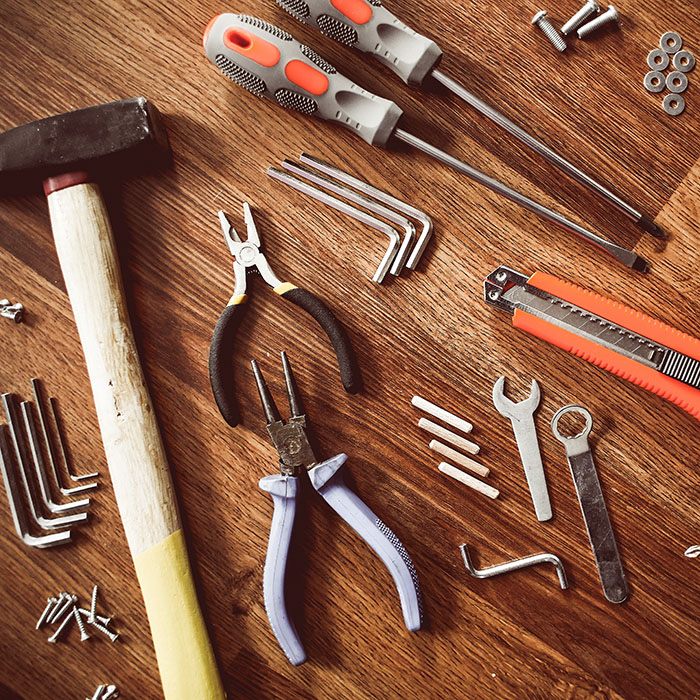
OUR TEETH ARE pretty amazing, and there’s a lot they can do. They chew our food, they provide structural support for the lower third of our faces, they help us speak clearly, and they give us our beautiful smiles. However, many people also find other uses for their teeth, which can be very dangerous. Teeth are not tools, and shouldn’t be used in place of them.
Teeth Are Not Bottle-Openers
Tooth enamel is the hardest substance in the human body, so it might seem like that makes teeth perfect to use when you don’t have a bottle opener handy, right? Wrong. Tooth enamel isn’t just hard, it’s brittle,and it is not designed to win a fight against materials like metal and glass.
Using your teeth as a bottle opener can easily chip, crack, or break them, as well as risking damage to the soft tissues of the lips and gums if you slip. Doing it over and over again can even cause your teeth to shift out of their proper alignment and wear down unevenly. It isn’t worth it.
Teeth Are Not Nutcrackers
Like with trying to open a bottle, trying to crack a hard walnut, pecan, or even pistachio shells and popcorn kernels between your teeth risks chipping or cracking the teeth instead. Teeth that are already weaker due to decay or a filling are at even greater risk of damage.
Teeth Are Not An Extra Hand
When your hands are busy, it can be very convenient to hold a pencil, sewing pins, or maybe a few nails between your teeth. However, making a habit out of doing this can have a number of consequences. If you trip, the items in your mouth could cause a serious injury. If a yawn or hiccup catches you by surprise, you might even end up swallowing or choking on the object. And over time, you can wear down your enamel. Pencils would be better off behind your ear, pins in a cushion, and nails in a utility belt until you’re ready to use them.
Teeth Are Not Scissors (Or Nailclippers)
A particularly common way people use their teeth as tools is to bite through packing tape instead of using scissors, and some people even try to use their teeth to cut through wire. It takes much greater biting pressure to cut through non-food items than it does to chew food,and cutting things requires grinding the teeth together. This wears down the chewing surfaces and risks chipping and fracturing.
A nail-biting habit is particularly bad, both for the teeth and for the nails. The germs from the nails increase the risk of tooth decay, teeth will become worn down more quickly and shift out of alignment, and pieces of fingernail can damage the gum tissue, all while the nails themselves are left ragged and misshapen.
Protect Your Teeth By Using Them Right
Cracked and fractured teeth are the third highest cause of tooth loss. Don’t take risks with your teeth by using them as tools. Save yourself an expensive emergency dental visit; use your teeth only for what they are meant for and continue your daily brushing and flossing routine to keep them healthy.
We love to see our patients’ smiles!
The content on this blog is not intended to be a substitute for professional medical advice, diagnosis, or treatment. Always seek the advice of qualified health providers with questions you may have regarding medical conditions.




